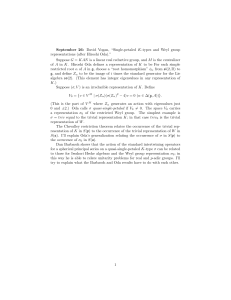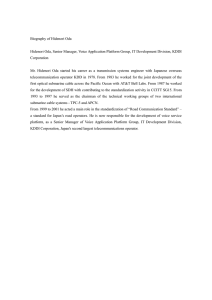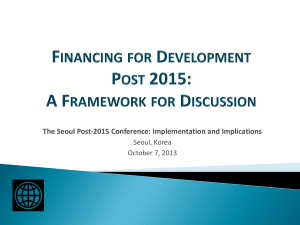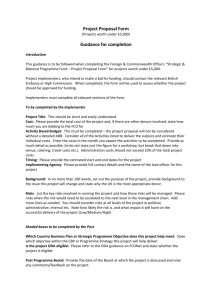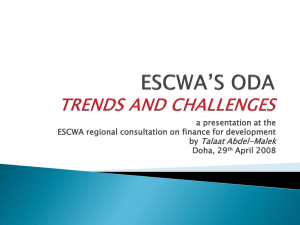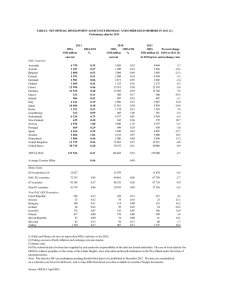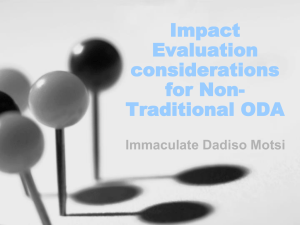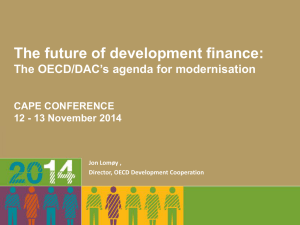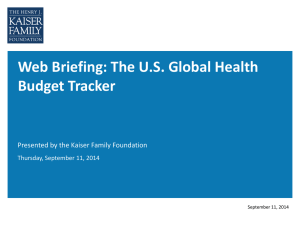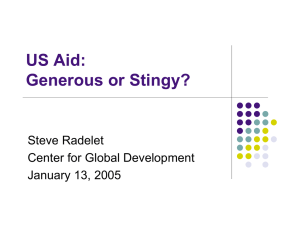What should count as aid? - Devpolicy Blog from the Development
advertisement
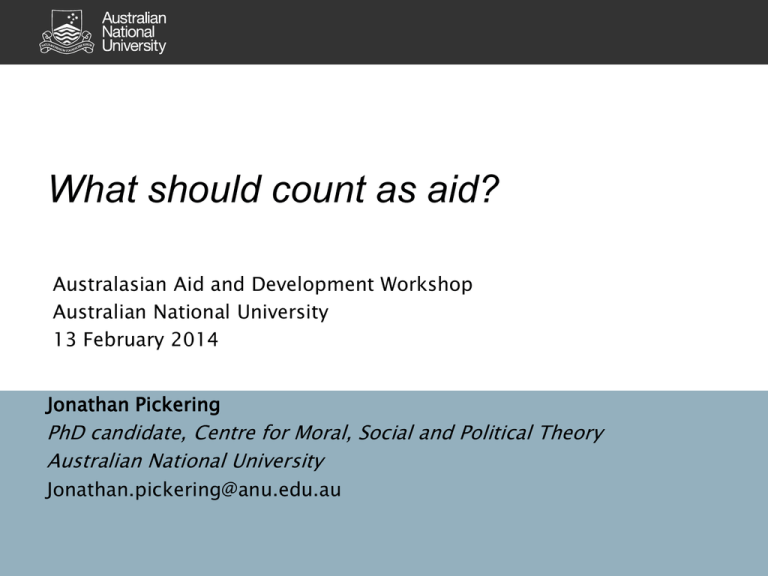
What should count as aid? Australasian Aid and Development Workshop Australian National University 13 February 2014 Jonathan Pickering PhD candidate, Centre for Moral, Social and Political Theory Australian National University Jonathan.pickering@anu.edu.au Outline 1. Why revisit aid eligibility? 2. The OECD definition and the question of development intention 3. Current exclusions 4. Proposed exclusions 5. Recommendations and conclusion 2 1. Why revisit aid eligibility? • • • • Changing geography of poverty Broader flows of financing for development Post-2015 goals Policy contention in Australia over refugee costs, climate finance 3 2. OECD work on measures of development finance • Develop new measure of Total Official Support for Development (TOSD) • Investigate whether to revise definition of Official Development Assistance (ODA) 4 ODA: the current definition • Donors: governments of OECD countries • Recipients: on the DAC list of developing countries • Concessionality: grants or low-interest loans • Development intention: “administered with the promotion of the economic development and welfare of developing countries as its main objective” 5 Criteria for a definition of aid • Integrity / credibility – Maximise development-oriented funding – Filter out incompatible interests (the “that’s not aid!” test) • Adaptiveness – To changing development needs – To understandings of good development practice 6 3. Current exclusions: rationales and examples • Primary benefit to donor – Counter-terrorism – Carbon offsets • Non-developmental benefits to recipient – Military aid – Peacekeeping – Social and cultural programs + risk of adverse impacts 7 4. Proposed exclusions: in-donor costs • Reasons for exclusion: – Primary benefit to donor / uncertain benefit to recipient country (scholarships) – Risk of adverse impacts (refugee costs) • Reasons for inclusion: – Budgetary effort for donors 8 Proposed exclusions: climate finance • Reasons for exclusion: – Diversion of funds from existing development priorities – Remedying harm (entitlement not aid) – Global public good • Reasons for inclusion: – Adaptation and development closely linked – Safe climate a precondition for development 9 Climate finance: the problem of diversion Source: Tomasi (2014). 10 5. Recommendations • In-donor costs: cut down on problematic cases • Include climate finance but safeguard against diversion through: – Eligibility caps – Innovative financing sources 11 DAC scenarios for redefining ODA Broad ‘Updated’ ODA Current ODA (Gross disbursement) (Net disbursement) $127 bn Dev’t intention ‘Focused’ ODA ‘New’ ODA $138 bn (Budgetary effort) $129 bn (Budgetary expenditure) $114 bn Narrow Source: OECD 2014 (using 2012 ODA data). Concessionality Broad 12 Interactions between ODA and total support: a scenario Broad Dev’t intention Total Official Support for Development Current ODA Revised ODA Narrow Concessionality Broad 13
